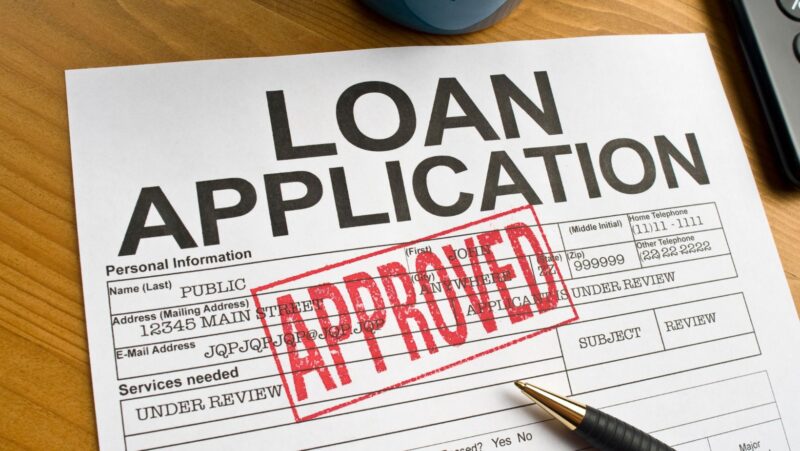
In today’s fast-paced world, financial pressures can sneak up on us unexpectedly. Whether it’s an unforeseen car repair, an urgent medical bill, or simply the cost of living outpacing our income, most of us have faced moments when quick financial solutions are needed. During such times, short-term loans can offer a viable option to ease immediate financial burdens. Understanding when and how to utilise short-term borrowing responsibly can help alleviate stress and ensure financial stability in the long run.
Short-term borrowing is essentially a financial tool that allows individuals to bridge the gap between pressing expenses and their next income cycle. These loans are generally characterised by their relatively modest amounts, simple application processes, and rapid approval times. Unlike traditional loans that might have a longer repayment schedule, short-term loans are designed to be repaid quickly, often within weeks or a few months. This makes them ideal for managing short-lived financial crises without the weight of long-term debt.
One of the prime scenarios where short-term borrowing could be beneficial is during unexpected emergencies. Life is full of surprises, and not all of them are pleasant. An unplanned visit to the dentist or an urgent home repair can disrupt even the most meticulously planned budget. In such cases, the immediacy of funding provided by short-term loans can make a significant difference, allowing for quick resolution without the stress of depleting savings or defaulting on existing obligations.
Moreover, short-term borrowing can prove advantageous for individuals facing temporary income fluctuations. Freelancers, small business owners, or those with variable employment might experience periods where income isn’t as robust as expected. This can lead to short-term cash flow issues that are difficult to manage. Utilising a short-term loan during these periods can offer the necessary cushion to cover regular expenses, helping maintain financial equilibrium until income is restored.
While the benefits are clear, it’s crucial to approach short-term borrowing with due diligence and a clear plan for repayment. Failing to repay a loan on time could lead to additional fees and escalating interest, exacerbating the financial stress one aimed to relieve. Thus, it is essential to borrow within one’s means and ensure that the repayment terms align with future cash flows.
It’s also worth considering the alternatives and complements to short-term borrowing. Building an emergency fund, even in small increments, can offer a buffer against unexpected expenses, reducing the need to borrow. Furthermore, exploring options like negotiating payment plans with creditors or leveraging community resources can provide additional support when finances are tight.
In summary, short-term borrowing can be a practical tool for managing sudden financial pressures when used judiciously. By offering swift access to funds, it provides a pathway to address immediate needs without long-term financial entanglements. However, awareness of the borrowing terms, coupled with a robust repayment plan, is key to ensuring that short-term solutions do not lead to long-term predicaments. As with all financial decisions, careful consideration and strategic planning can empower individuals to navigate their financial landscapes more effectively.








